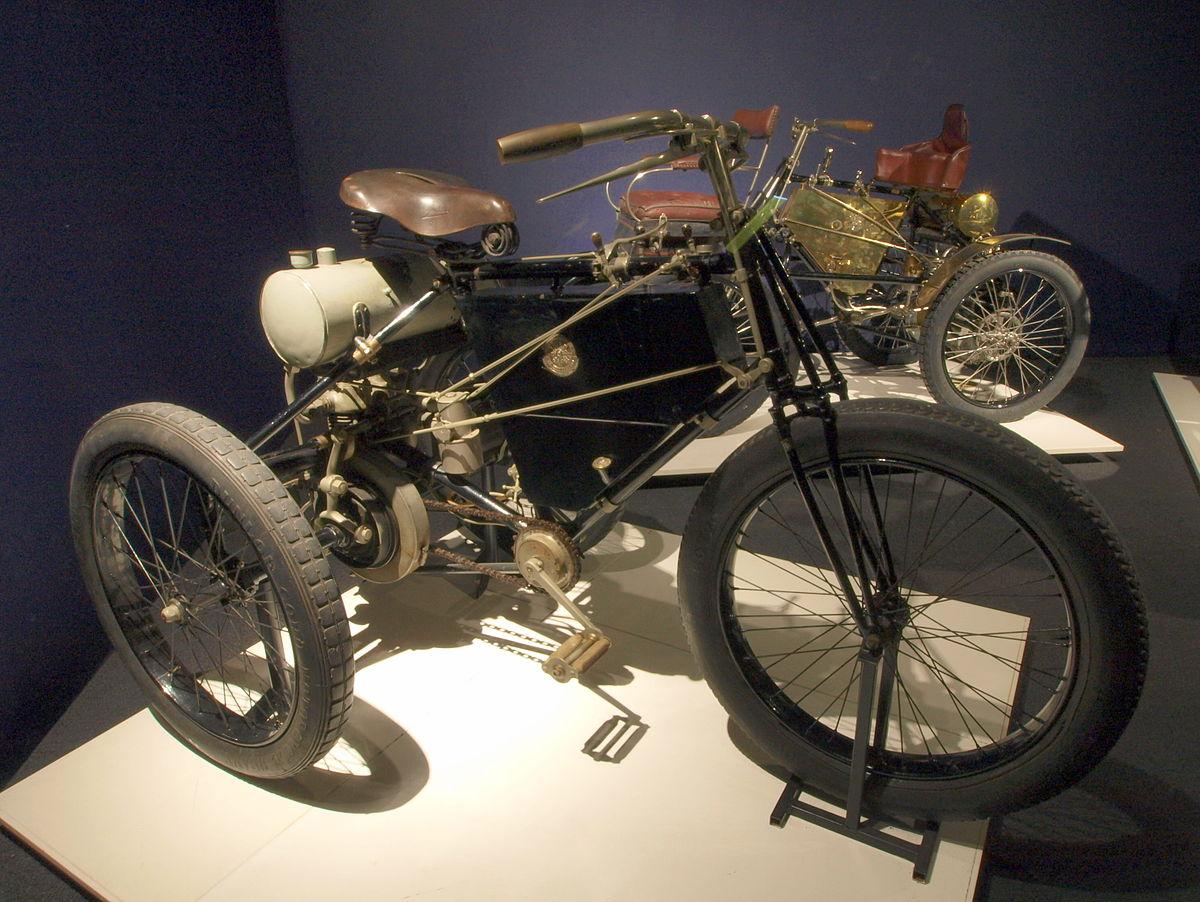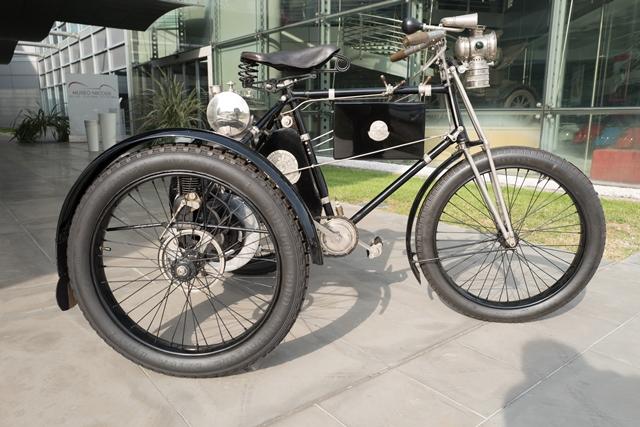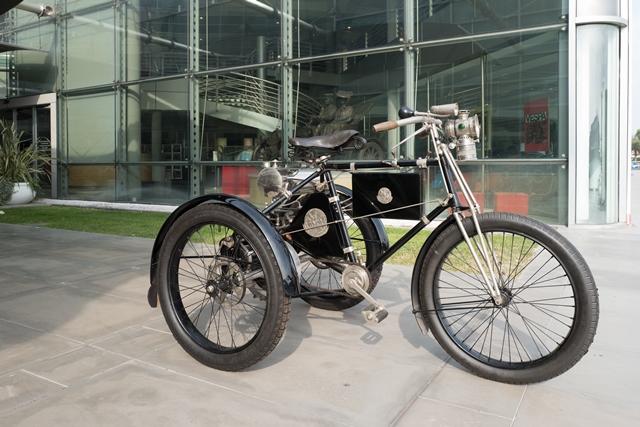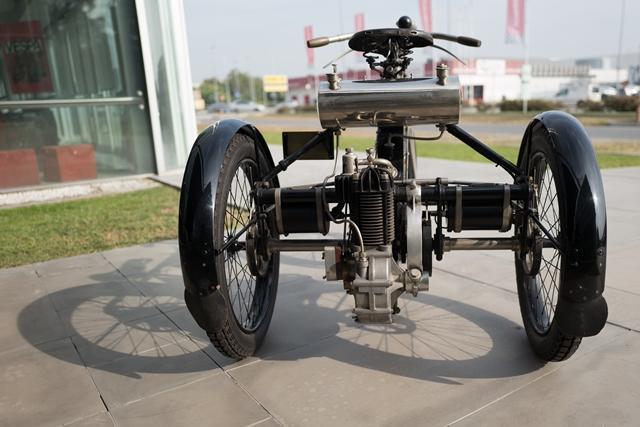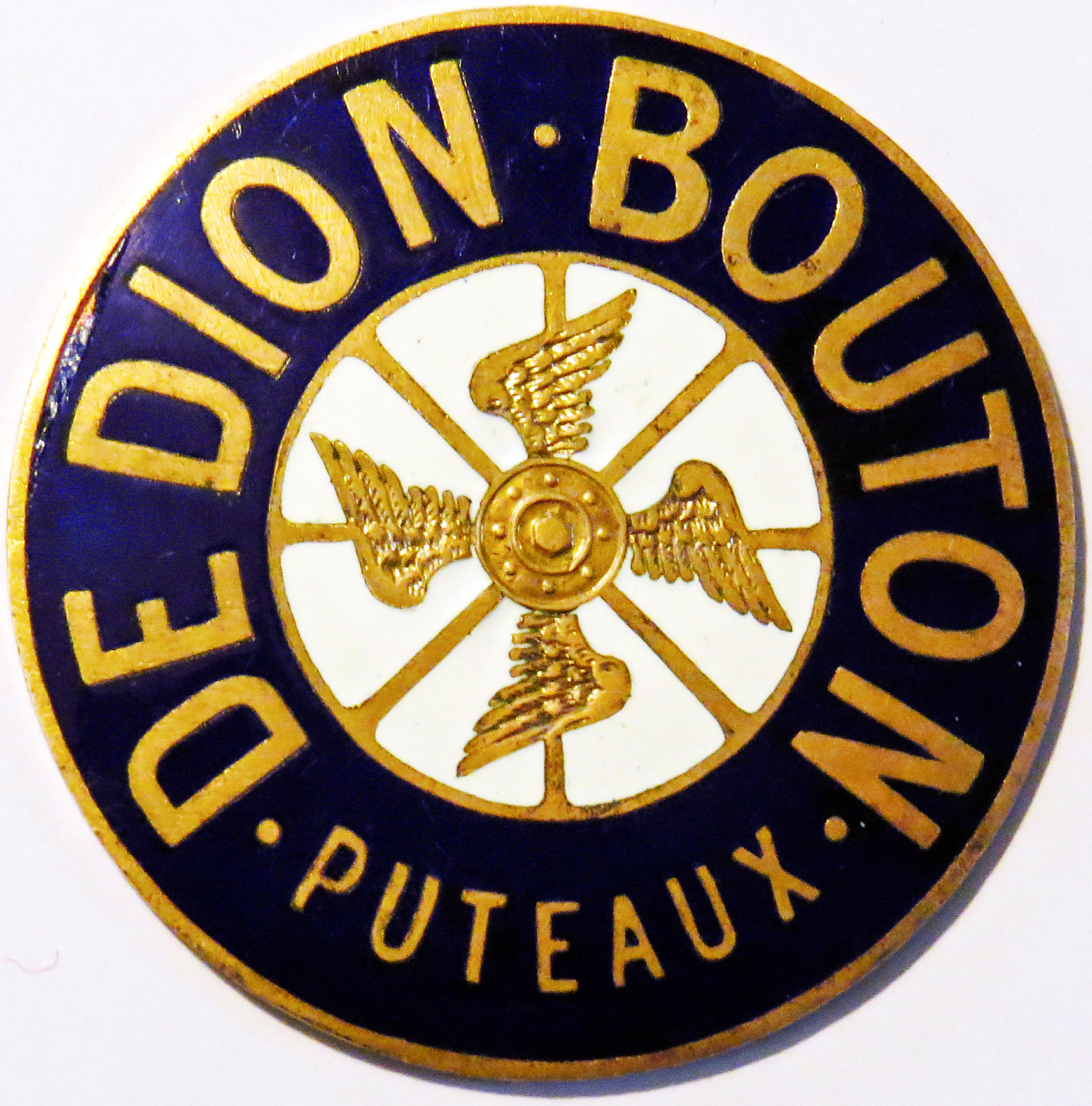1898 De Dion-Bouton Triciclo
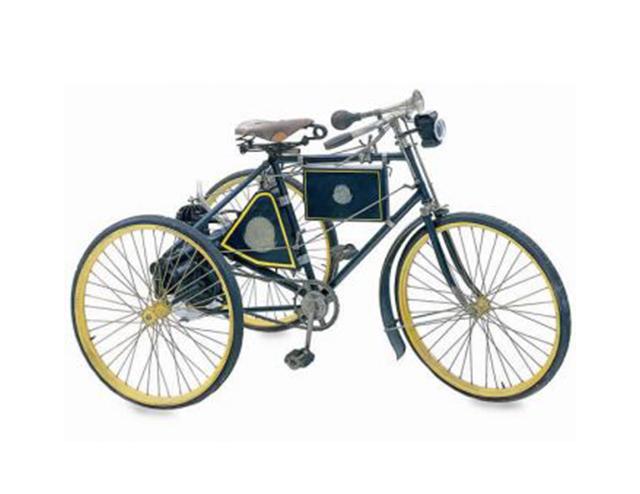
The descriptions of the Classic Cars in the Directory were partly generated or supplemented with the help of artificial intelligence (AI). The content may occasionally not always be entirely accurate or factually correct despite careful checking.
The DE DION BOUTON Triciclo 1898 is a marvel of engineering from the late 19th century, featuring a unique combination of technical features that made it one of the most innovative tricycles of its time. At its core, the Triciclo 1898 is powered by a single-cylinder, air-cooled engine that delivers 1.75 horsepower and propels the vehicle to a top speed of 22 km/h. This may seem modest by modern standards, but at the time it was a significant achievement in engine design and power output.
One of the most notable features of the Triciclo 1898 is its lightweight construction, which allows it to be maneuvered with ease even in the tightest of spaces. The frame is made from high-quality steel and features a front fork suspension system that smooths out bumps in the road, providing a comfortable ride for the driver and passengers.
The Triciclo 1898 features a unique transmission system that allows for easy gear changes, even while on the move. Its three-speed gearbox has a dog clutch that allows gears to be changed at any time, without the need to stop the vehicle. This innovative feature made the Triciclo 1898 one of the most popular tricycles of its time, as it was both easy to operate and highly reliable.
Another key innovation of the Triciclo 1898 is its braking system, which is composed of a rear drum brake and a foot-operated band brake. This dual-braking system provides excellent stopping power, even on steep inclines, and ensures that the vehicle can be brought to a halt quickly and safely.
The Triciclo 1898 has a fuel tank capacity of around 2.5 liters, which is enough for a range of approximately 50 km. The vehicle's fuel consumption was around 8-10 liters per 100 km, which was impressive for its time.
Overall, the DE DION BOUTON Triciclo 1898 is a technical masterpiece that represents the pinnacle of tricycle design and engineering in the late 19th century. Its lightweight construction, powerful engine, easy-to-use transmission system, and reliable braking make it a joy to operate, even by modern standards.
Milestones
- DE DION BOUTON Triciclo was launched in 1898, becoming one of the first commercially successful automobile models in history. - It was powered by a single-cylinder engine that produced 1.75 horsepower, allowing the vehicle to reach a top speed of 20-25 km/h. - The Triciclo featured a unique steering mechanism, with the front wheel turning independently of the handlebars through the use of a tiller. - It had a lightweight chassis made of high-quality steel and a simple yet effective transmission system that consisted of a leather belt and pulleys. - The Triciclo quickly gained popularity in France and other European markets, helping to establish DE DION BOUTON as a leading manufacturer of early automobiles. - Over the next few years, DE DION BOUTON continued to refine and improve its Triciclo model, introducing new features like a more powerful engine, pneumatic tires, and a larger fuel tank. - By the early 1900s, the Triciclo had become a common sight on European roads, paving the way for the automobile revolution that would soon follow.Technical
• Manufacturer: DE DION BOUTON • Year of manufacture: 1898 • Type: Triciclo • Fuel type: Gasoline • Engine type: Single-cylinder, air-cooled • Engine capacity: 211cc • Engine power: 1.75 hp • Transmission type: Direct drive • Maximum speed: 30 km/h • Wheelbase: 1060 mm • Track width: 650 mm • Total weight: 120 kg • Braking system: Rear-wheel brakes only • Suspension: Leading link front suspension and leaf spring rear suspension • Steering type: Handlebar steering • Fuel tank capacity: 5 L • Lighting: None (gas lantern could be attached)